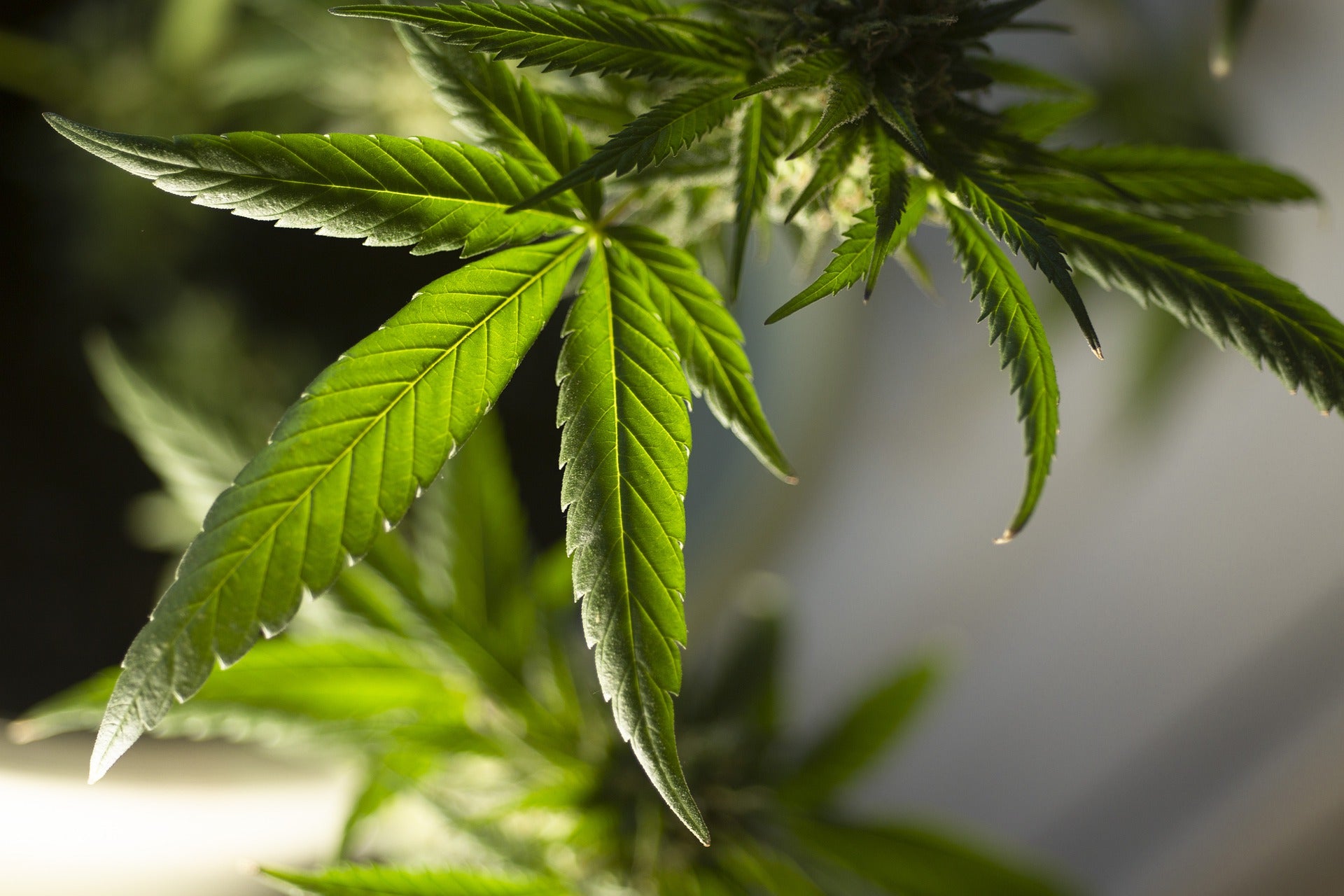
The composition of cannabis

Cannabis besteht biochemisch aus mehrere Bestandteilen. Hier möchte ich euch über ein paar Eigenschaften berichten und etwas über die Zusammensetzung erzählen. Alle von Terpene erzeugte Effekte und Wirkungen sind schon für sich faszinierend. Das Zusammenspiel dieser nennt man es dann Entourage-Effekt. Das beschreibt das Phänomen, dass die Wirkstoffe in Kombination miteinander eine größere Wirkung haben als jeder Wirkstoff für sich allein genommen.
Cannabinoide
Bis zu 35% des Gewichtes der Blüten
Eine Klasse verschiedener chemischer Verbindungen, die von der Cannabispflanze hergestellt werden. Cannabinoide wirken auf Cannabis Rezeptoren (CB1 und CB2) im Körper, die die Freisetzung von Neurotransmittern verändern und die Körperfunktionen beeinflussen.
THC ist das psychoaktive Cannabinoid und arbeitet in Verbindung mit CBD und anderen Cannabinoiden. Diese sind im Zusammenspiel dafür bekannt therapeutische Wirkungen zu erzielen. (Entourage-Effekt)
THC-A ist die (Säureform in der Pflanze), Vorläufer von THC die praktisch nicht psychoaktiv ist und ähnliche therapeutische Wirkungen haben kann. THC-A wird durch Wärmeeinwirkung (Decarboxylieren) in THC umgewandelt. Dies gilt auch für CBD-A, CBG-A und alle anderen Cannabinoide die so ursprünglichen Pflanzensäuren und Vorläufer sind.
CBD eine therapeutisch aktive Verbindung, die in der Cannabis Pflanze gefunden wird, mit einer modellierten Wirkung auf das psychotrope und therapeutische Potenzial anderer Cannabinoide wie THC
Flavnoide
Bis zu 10% des Gewichtes der Blüten
Chemische Verbindung, die von der Pflanze produziert werden die zur Farbe und den Aromen einer Sorte beitragen. Flavonoide können die Wirkung von Cannabinoiden neu modellieren.
Terpene
Bis zu 8% des Gewichtes der Blüten
Eine Art Kohlenwasserstoff Verbindung, die von der Pflanze hergestellt wird und starke Gerüche emittiert, um die Pflanze vor Krankheitserregern Pflanzenfressern zu schützen. Terpene können die psychotrope und therapeutische Wirkung von Cannabinoiden und anderen Verbindungen modellieren.
Monoterpene
Oft als "schnelle" Terpene aufgrund ihrer Flüchtigkeit bezeichnet. Diese sind eher blumig, haben scharfe oder fruchtige Aromen. Beispiele sind Myrcene, Linalool und Limonene.
Sesquiterpene
Auch als "langsame" Terpene bezeichnet, weil sie trockene und warme Bedingungen über einen längeren Zeitraum überleben können. Verantwortlich sind die Pfeffer-, trockenen Gras- und Holzaromen. Beispiele sind Caryophyllen und Humulene.
Der Rest der Blüte- besteht aus, Wachsen, Fetten, Pflanzenfasern und Chlorophyll.
